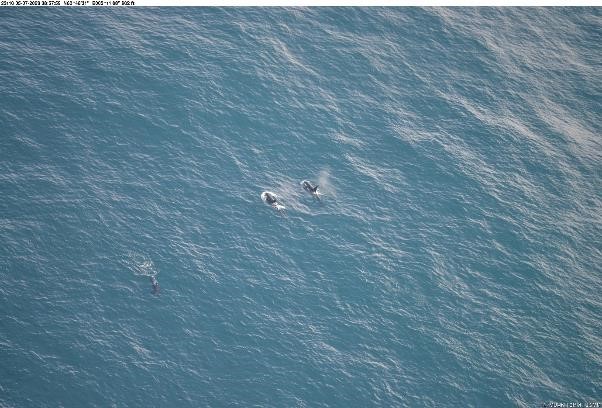In early July 2023, the Coast Guard aircraft of the Royal Belgian Institute of Natural Sciences (RBINS) carried out its annual Tour d’Horizon (TdH) mission. This involves checking for oil slicks coming from offshore oil and gas platforms in the Northern North Sea (i.e. outside Belgian waters). The mission yielded detections of no fewer than 30 oil slicks, the highest number ever found by a TdH partner in a single mission.

The TdH mission is carried out every year under the Bonn Agreement and aims to control marine pollution from drilling rigs in the central and northern parts of the North Sea. The focus is on Dutch, Danish, British and Norwegian offshore waters, and Belgium also commits to this operation. The activities of surveillance aircraft from the various North Sea countries are coordinated internationally to ensure optimal surveillance coverage of offshore oil and gas infrastructure.
Highest Number of Oil Spills Ever Detected
During this TdH mission, the Belgian Coast Guard aircraft detected no less than 30 oil slicks. This is the highest number of oil slicks detected by a single aircraft in a single mission since the start of the programme in 1991. Of these detections, six involved large oil spills with a minimum estimated quantity of more than 1 m³. The largest was estimated to be at least 16.9 m³. All but two detections were oil slicks linked to a drilling rig. 17 oil slicks were detected in UK waters, 12 in Norwegian waters and one in Dutch waters.
All detections were reported to the competent national authorities in accordance with the procedures established within the Bonn Agreement.
Aerial Surveillance Complements Satellite Surveillance
It was notable that the satellite surveillance programme (CleanSeaNet) of the European Maritime Safety Agency (EMSA) reported no detections for their satellite passages in the same zone and time period. This shows the primary importance of traditional aerial surveillance with satellite surveillance in support.
Observations of Marine Mammals
Besides oil slicks, the Belgian Coast Guard aircraft was also able to observe orcas and other marine mammals during the 2023 TdH mission. For the first time during a TdH mission, the team was able to photograph two groups of orcas between Norway and Scotland. It is likely that the two groups were part of one single pod of about 10 individuals.

Thanks to the long-standing experience of the crew, functionality and deployability of RBINS’s Coast Guard aircraft, Belgium continues to honour its commitments under the Bonn Agreement. As a result, the RBINS continues to prove its commitment to better protection of the North Sea. However, the aircraft dates from 1976 and is starting to show more technical defects. The replacement of the aircraft is therefore a top priority so that aerial surveillance can continue in the future.


